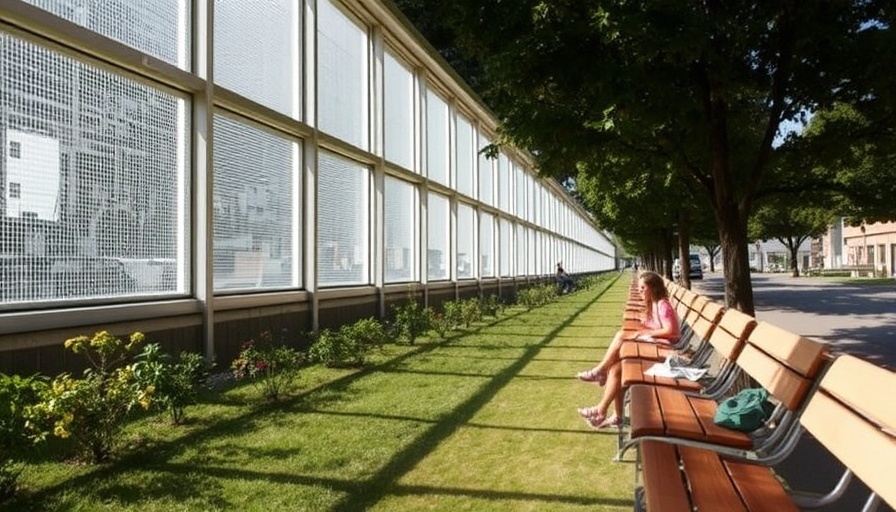
The Onshore Wind Revolution: A Community-Centric Approach to Clean Energy
The UK Government's newly unveiled onshore wind strategy holds significant promise—not just for the environment but for local communities. With goals to create up to 45,000 jobs and generate 10 gigawatts of clean power, it marks a substantial leap towards a greener future.
Empowering Local Communities to Reap the Benefits
Under this new strategy, local communities will receive £5,000 per megawatt generated annually to support various community initiatives, which could include building libraries, funding local sports facilities, or even implementing energy bill discounts. This directly links the development of renewable energy sources to the betterment of local infrastructure and community services, instilling a sense of ownership over these green projects.
Learning from Regional Success Stories
The benefits of such initiatives are not merely theoretical. The success of similar programs in Scotland and Wales illustrates the impact community-focused renewable energy projects can have. These regions have seen firsthand how tailored support can enhance community energy capacity and provide replicable frameworks for engaging residents. By bringing these proven models to England, we can ensure that communities become stakeholders in the energy landscape rather than mere spectators.
Adapting Solutions to Local Needs
One striking feature of the UK Government's strategy is its acknowledgment that there isn’t a single approach that suits all communities. Factors such as geographical characteristics, local governance, and community engagement levels vary widely across the UK. Therefore, flexibility in implementation is crucial. Encouraging local projects allows for solutions tailored to specific community needs and ensures a more effective transition to sustainable energy.
Future Predictions: Community Energy Models Shaping Tomorrow's Landscape
Looking ahead, as the UK works toward its goal of achieving net zero by 2030, the role of community-led energy projects will only grow. The administrative recognition of supporting localized projects is a game-changer. As communities become increasingly involved in the energy sector, we can expect a ripple effect—more local jobs, reduced dependence on centralized power sources, and a greater overall commitment to sustainability from individuals.
Taking Action: How You Can Get Involved
For homebuyers, sellers, and property investors in Dumfries, this shift towards local energy initiatives offers not just environmental benefits but also potential economic opportunities. Engaging in local energy discussions, supporting community projects, or even investing in properties that align with these sustainable initiatives can be advantageous. The convergence of housing and clean energy could redefine property value and investment potential in your area.
Conclusion: A Call for Engagement and Action
In summary, the UK Government's onshore wind strategy is not just about generating power; it’s about fostering community growth and involvement in renewable practices. For those looking to invest in the Dumfries market, understanding this new landscape of energy can provide valuable insights that enhance property value and bolster community spirit. Get involved and see how you can benefit from the push towards more sustainable living spaces and practices in your community!
 Add Row
Add Row  Add
Add 





Write A Comment